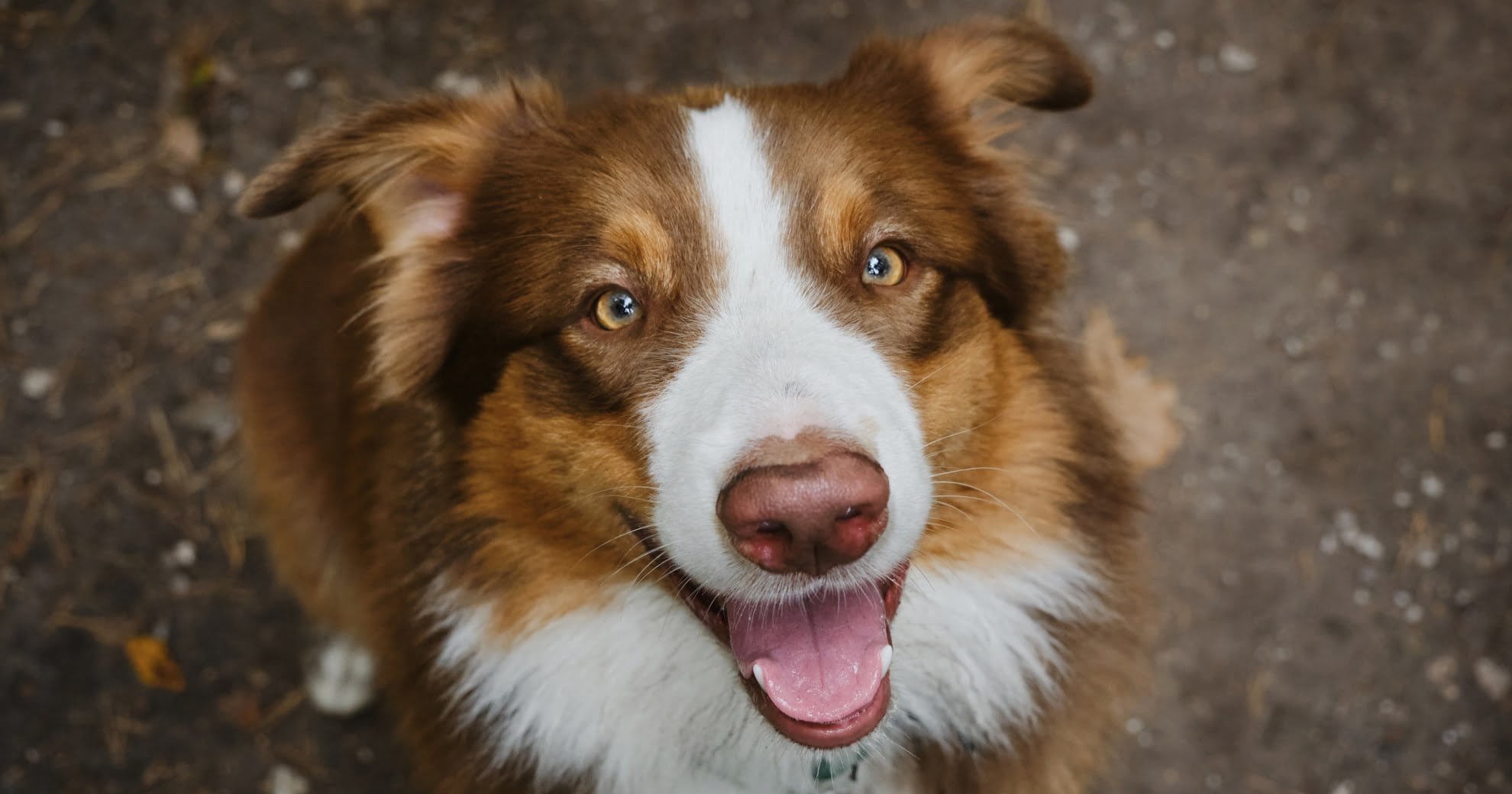HEALTH & WELLNESS

TRENDING

SIGN UP and Start Receiving
Our Monthly Newsletter,
The Chronicles
Canine Eye Health

Dogs’ eyes, similar to those of most animals, have the same function and design as humans’ eyes.
Both are thus subject to many of the same age-related changes and ailments. This means that your beloved pooch could one day suffer from a variety of ocular diseases, making it crucial to attend closely to any changes in their vision and the condition of their eyes.
Some eye conditions are genetic but many develop because of other health challenges. Diabetes, high blood pressure, and certain cancers, which have all become more common among older pets, can trigger eye disease.
Dogs often exhibit numerous indicators that they are troubled by eye problems. These could be physical, behavioural, or both together. It is known that many problems start with the ‘red eye’ symptom. You may notice colour changes on or inside the eye. Squinting, tears, and rubbing at the eyes, face, or around the head may also increase. Haziness in the eye, lots of blinking, and a nasty discharge, especially if it is gooey, could signal a disease.
Several eye diseases are commonly found among dogs and many of them can cause discomfort, sight impairment, or loss of vision. The most frequently occurring diseases endured by our canine chums are dry eye, cataracts, and glaucoma. Some eye conditions may have a genetic origin while the onset of others is linked to age or being exposed to damaging environmental factors and affect most dogs sometime in life.
Common dog eye diseases include cataracts, dry eye, and glaucoma.
Glaucoma damages the optic nerve due to increased pressure in the eyeball. This is a severe condition that can cause blindness. In humans, glaucoma mostly progresses slowly, but domestic canines get congestive or closed-angle glaucoma that develops in older days. When eye disease is identified early, treatment can manage the pain and save many dogs’ eyesight. The symptoms include swelling, redness, and pain. It should be diagnosed as early as possible and treated to avoid permanent loss of sight. Canine glaucoma can be treated surgically or with medication prescribed by your veterinarian.
Cataracts can be caused by age, injury, or certain diseases. With age, many dogs develop a haziness in the eye and this is termed nuclear sclerosis. This is a less serious condition and is seldom treated. Cataracts also appear as cloudy areas on the lens of the eye but these create physical barriers that prevent sufficient light from reaching the optic nerve and this can cause vision loss. The light that does enter is distorted and often gives a halo effect to objects. Other symptoms of cataracts include sensitivity to light, and difficulty seeing in dim light. Nowadays the condition is frequently treated by phacoemulsification which involves using ultra-high vibrations (40,000 cycles a second) to break down the offending structure. The remnants are then removed through a tiny incision. This treatment could include implanting a replacement lens that should restore virtually normal vision. For dogs, this highly successful procedure is the same as for humans.
The condition known as dry eye is caused when not enough moisture is produced to lubricate the eyeball. This particularly affects the cornea, which is exposed to the air’s drying effects. Symptoms of dry eye are squinting and pinching the lids shut. Usually, there is viscous discharge because insufficient moisture is exuded from the tear duct. Fortunately, the treatment is simple and effective depending on how cooperative your dog is. Basically, tear production is stimulated by using topical eye drops. In severe cases, antibiotics may be required to treat secondary infections.
Often owners have difficulty detecting if their pets have poor vision because dogs cope very well with any remaining sight. Timeous professional examination by a veterinarian is critical for diagnosing and treating eye ailments successfully to retain as much of your dog’s vision as possible.
Please contact your veterinarian at once if you’ve noticed significant changes in your pet’s ability to see. The earlier the diagnosis is made and treatment is begun, the more likely it is that you’ll be able to prevent potential long-term damage to your four-footed best friend’s eyes.
The advice in this post is provided for informational purposes only and is not professional medical advice. To have your pet’s condition accurately diagnosed kindly see your veterinarian.
Related Articles













